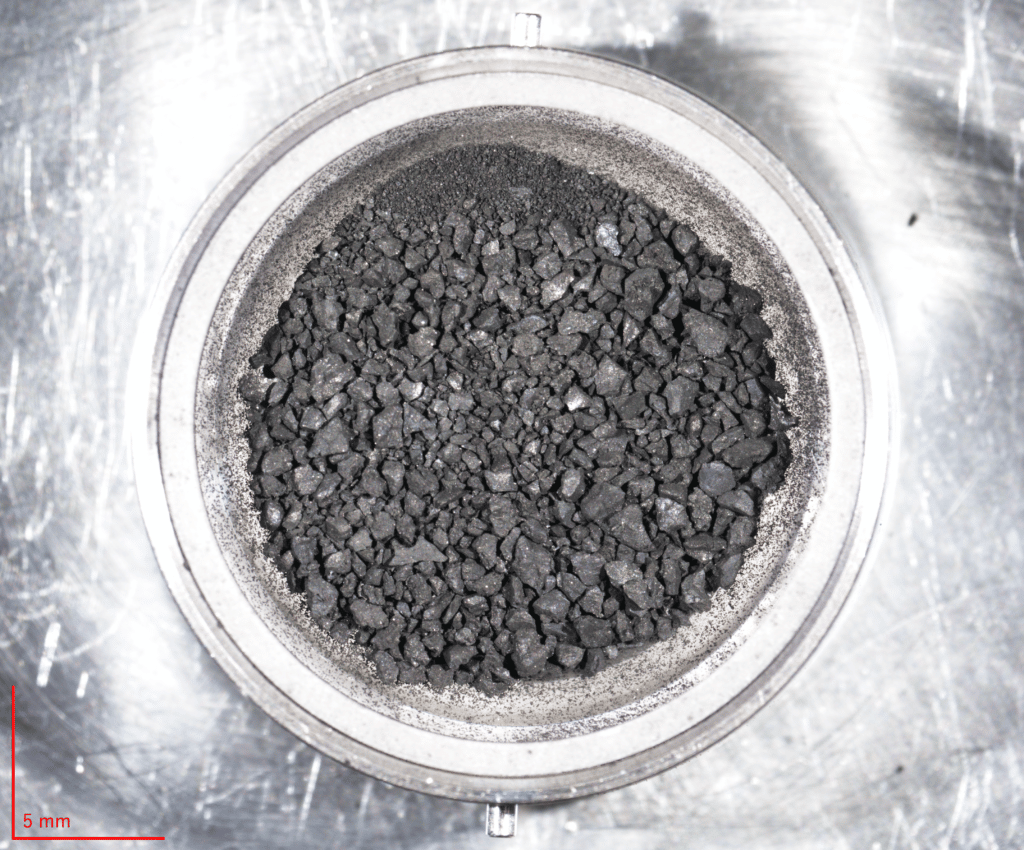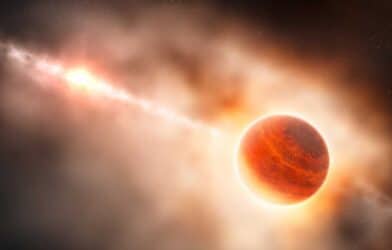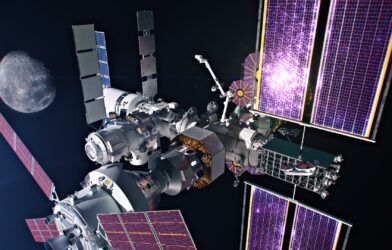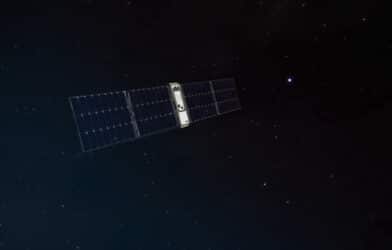Scientists recently discovered more than 20 amino acids in samples retrieved from an asteroid by a Japanese spacecraft, according to the Japan Aerospace Exploration Agency (JAXA). The samples could provide insight into the evolution of the early solar system and the processes that helped kickstart life.
JAXA launched its Hayabusa2 spacecraft in 2014 to gather samples from the surface of the asteroid Ryugu. The space rock is a carbonaceous, or C-type asteroid, which contain large amounts of carbon and are among the most ancient objects in the solar system. The space agency sent the spacecraft to Ryugu because scientists hypothesize that c-type asteroids may have played a role in delivering the basic ingredients of life to Earth during its inception.
The mission proved a success. Hayabusa2 collected 5.4 grams of material from the surface of the asteroid and returned the regolith to Earth in 2020. The samples were then sent to Japan, where the researchers assessed their chemical makeup with high-precision instruments.
Initial analysis revealed the samples to contain 10 different types of amino acids, however, further inspections found over 20 different types. These molecules serve as the building blocks for proteins, and ultimately, life on Earth.
Although scientists have analyzed several meteorites on this planet, including some that probably originated from C-type asteroids, Earth-based contaminants makes studying them challenging. The darkness of asteroids also makes them difficult to observe from afar. Obtaining samples straight from the asteroid helped the researchers circumnavigate these obstacles.
“We previously only had a handful of these rocks to study, and all of them were meteorites that fell to Earth and were stored in museums for decades to centuries, which changed their compositions,” said Nicolas Dauphas, a geochemist from the University of Chicago who worked with the Japanese researchers to analyze the fragments, in a statement. “Having pristine samples from outer space is simply incredible. They are witnesses from parts of the solar system that we have not otherwise explored.”
The study reportedly marks the first time that amino acids have been found in sample returns from an asteroid. Verifying their existence in the asteroid suggests that these compounds came to Earth from space and could be present on other planets and celestial bodies, according to the researchers. The chemical nature of the samples also indicate that the material could have provided Earth with water, another key ingredient for life on this planet, during its formation.
Hayabusa2 isn’t the only spacecraft sent on a mission to return samples from an asteroid. NASA’s OSIRIS-REx spacecraft, which the space agency launched in 2016, retrieved samples from the surface of another c-type asteroid, called Bennu, earlier this year. The spacecraft is set to return to Earth in 2023.
The findings are presented in Proceedings of The Japan Academy.












